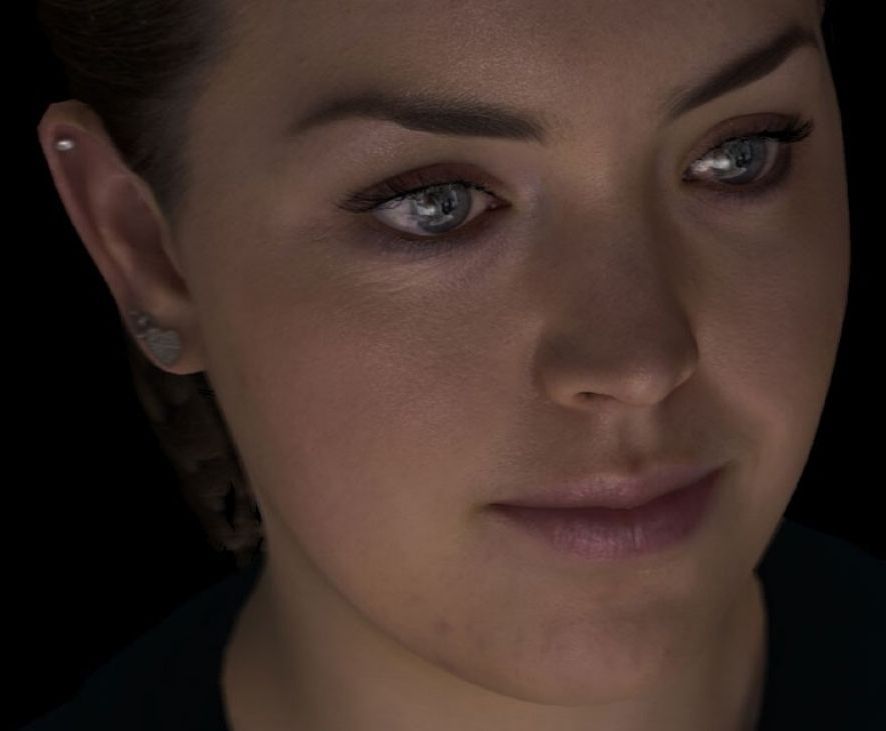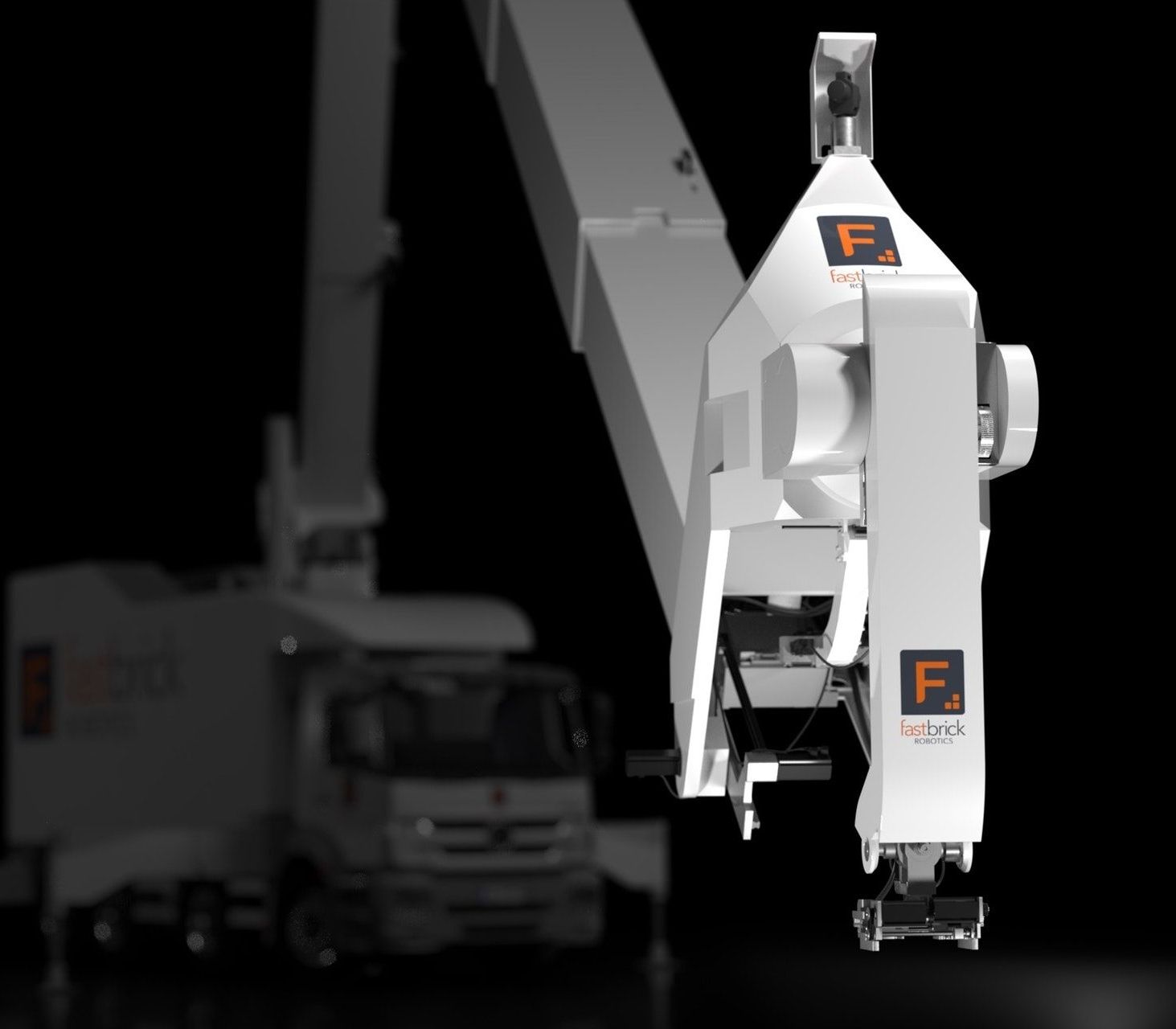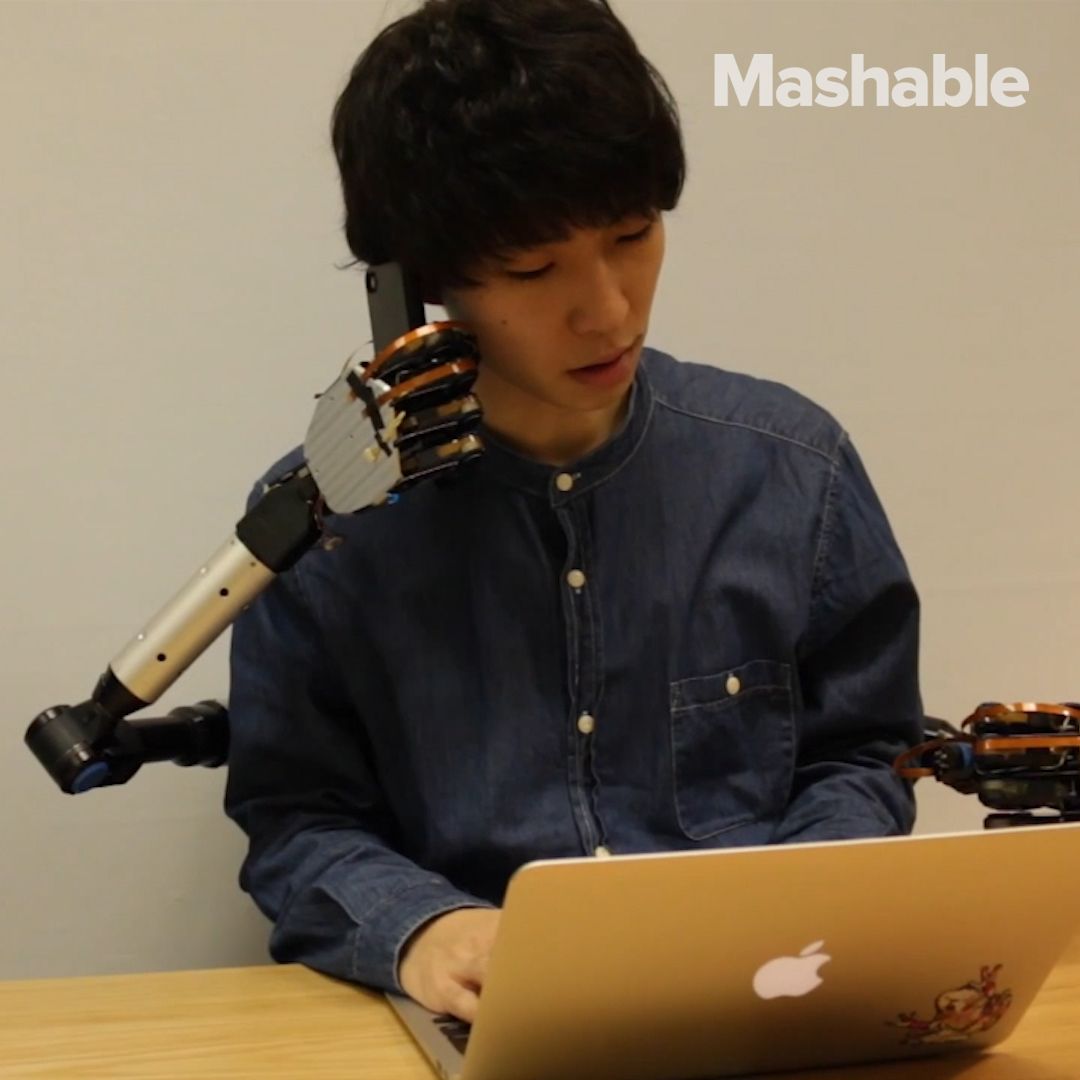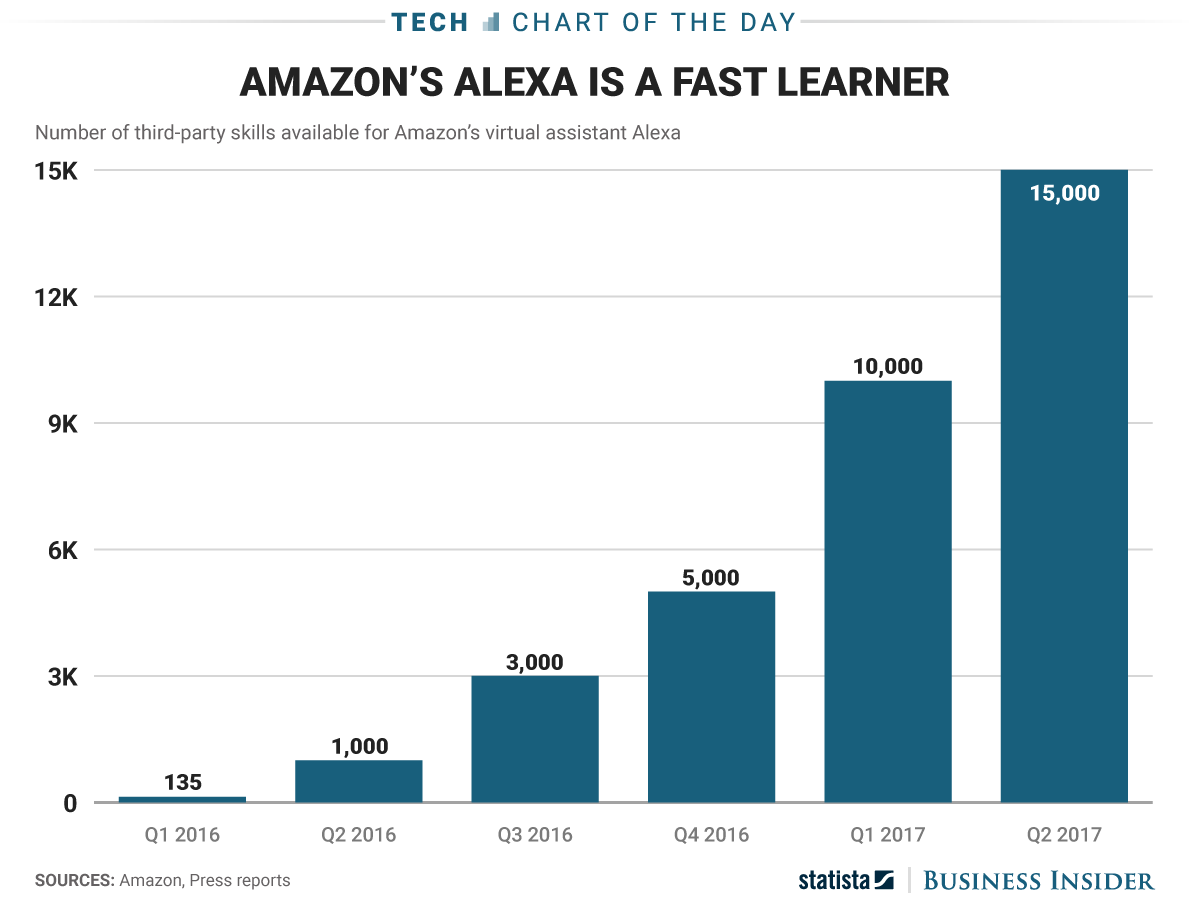A Kiwi company developing artificial intelligence has delivered its latest digital human, called Rachel.
Rachel can see, hear and respond to you.
She is an avatar created by two-time Oscar winner Mark Sagar, who worked on the blockbuster movie of the same name.
Mr Sagar, of Auckland-based company Soul Machines, says his aim is to make man socialise with machine, by putting a human face on artificial intelligence.








